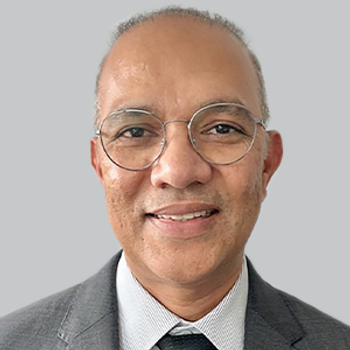
Transitioning From Childhood to Adulthood With Migraine: Christina Szperka, MD, MSCE
The director of the Pediatric Headache Program at CHOP commented on the need to treat migraine early to avoid secondary effects and decrease the odds of long-term disability. [WATCH TIME: 3 minutes]
WATCH TIME: 3 minutes
“Maybe we can change the trajectory of the disease, maybe we can decrease the disability you're going to have as an adult if we fix the problem early, so we don't have the secondary effects. We’re really in the infancy of figuring that out, but I think it’s a really promising, helpful idea.”
Transitioning from childhood to adulthood can be a challenging period with any neurologic conditions, and migraine is no different. While boys are more likely to outgrow migraine than girls, leaving hope for improvement is something that Christina Szperka, MD, MSCE, director of the Pediatric Headache Program at Children’s Hospital of Philadelphia, instills in all of her patients. Pointing to follow-up data from the
Coordination between care teams is also vital for this patient population, as the child neurologist and adult neurologist should be working together to ensure these patients are transitioned properly. This is assisted by electronic health records, which allow providers to keep a running list of medications that have been previously prescribed. If children have enough improvement with their condition, there may also be an option to follow-up with a general practitioner instead of continuing to see a specialist, Szperka said.
REFERENCE
1. Powers SW, Coffey CS, Chamberlin LA, et al. Trial of amitriptyline, topiramate, and placebo for pediatric migraine. N Engl J Med. 2017; 376:115-124. doi:10.1056/NEJMoa1610384
Newsletter
Keep your finger on the pulse of neurology—subscribe to NeurologyLive for expert interviews, new data, and breakthrough treatment updates.































